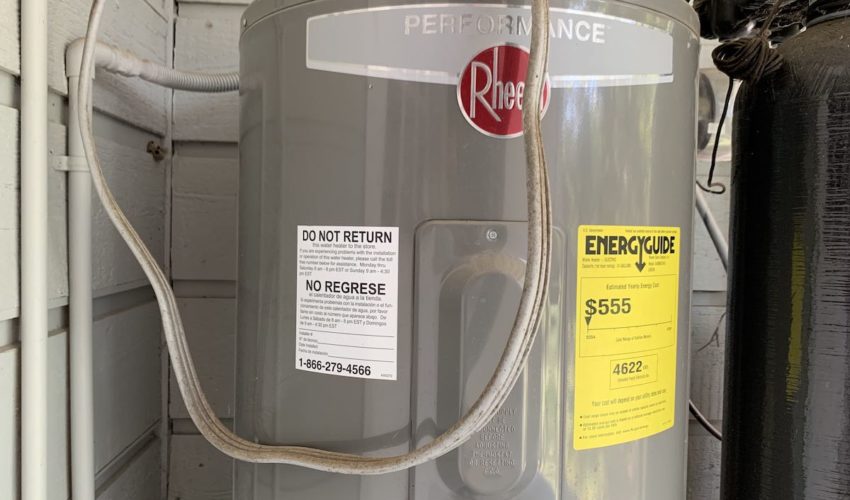A question our plumbers often get from homeowners is around water heater maintenance. One of the most important things you can do to protect the integrity of your water heater is to flush it regularly. In San Antonio and the Hill Country, this task becomes especially important for many homeowners given the unique quality of our water. Flushing your water heater probably isn’t your favorite way to spend a weekend, but you’ll be rewarded in a number of ways by taking the time to maintain your investment. Or, if you’d rather let the experts handle the task, we’re just a phone call away.
Now, if you’re left wondering why you might want to flush your water heater and how exactly you should do it, you’re in the right place!
Why Should You Flush Your Water Heater?
Water, especially water from the Edwards Aquifer that serves San Antonio and the Hill Country areas, contains dissolved minerals, creating what we commonly call hard water. Did you know that our part of the country is known for having some of the hardest water in the nation? You’ve no doubt encountered the effects from that hard water—the distinctive chalky buildup is hard to avoid in our homes.
That mineral buildup in our water plays a big role in both the performance and longevity of your water heater. Once the sediment builds up enough, it interferes with the heat-transfer process between the water and the heating elements inside the water heater. This buildup makes your water heater work harder and can clog your drain valve. Regularly draining, or flushing, that mineral buildup out of your water heater means that you can help your unit run more efficiently and prevents clogs.
Draining your water heater regularly means that you get:
- A more efficient, unclogged water heater (meaning fewer plumbing house calls!)
- Lower utility bills (because your unit is running optimally!)
- A longer-lasting unit (so you can delay that replacement as long as possible!)
How Often Do I Need to Flush My Water Heater?
You will likely come across varying advice for the length of time you should go between draining your water heater. The fact is, it will vary depending on your water. For San Antonio and other Central Texas homeowners, we recommend draining at least every 6 months. If you use a water softener you may be able to delay flushing your unit for longer. However, even homes with water softeners can still develop sediment buildup quickly.
It’s best to start flushing your water heater when it’s new to prevent that buildup from developing too much. Draining an older water heater for the first time will likely not deliver the same sort of results regular maintenance would, and the wear-and-tear will probably already have taken its toll on the unit. The extent of sediment buildup may block the opening enough to prevent much of the sediment inside from draining at all. “Drain early, drain often,” we like to say.
How to Flush Your Water Heater
If you’re interested in attempting to drain your water heater yourself, you’ll have to take some precautions to do it safely. You’ll need to shut off the gas or electricity to your water heater, depending on how it’s powered. Once the gas or electricity is off, you’ll need to turn off the cold water intake valve in order to prevent more water from coming in while you flush the unit.
At this point, you’ll need to let the water inside your water heater cool. Water heaters are typically set to 120-140 degrees. Even just a couple of seconds of exposure to water this hot can cause third-degree burns, so please be cautious and give your water heater ample time to cool off.
Once your water has cooled, you’ll need to connect a hose to the drain valve and direct that hose to a bucket to catch the water and sediment buildup inside. Turn on a small hot water faucet, like in your bathroom sink, to prevent a vacuum from being created in your pipes as you drain.
Next, slowly turn on the drain valve that you connected the hose to. Your water heater is now being drained. Once the heater is empty, you can flush your water heater by turning on the cold water valve. Be careful to not overflow your bucket! Once the water runs clear, you can close the drain valve and tidy up. Turn the electricity or gas back on to your unit and wait about 30 minutes to test your hot water.
Call the Experts at North East Air Conditioning, Heating and Plumbing
If you’d rather not spend your Saturday flushing your water heater, give us a call and let our friendly plumbers complete the process for you! We’ll take care to completely and safely flush your water heater and handle the cleanup as we finish.


